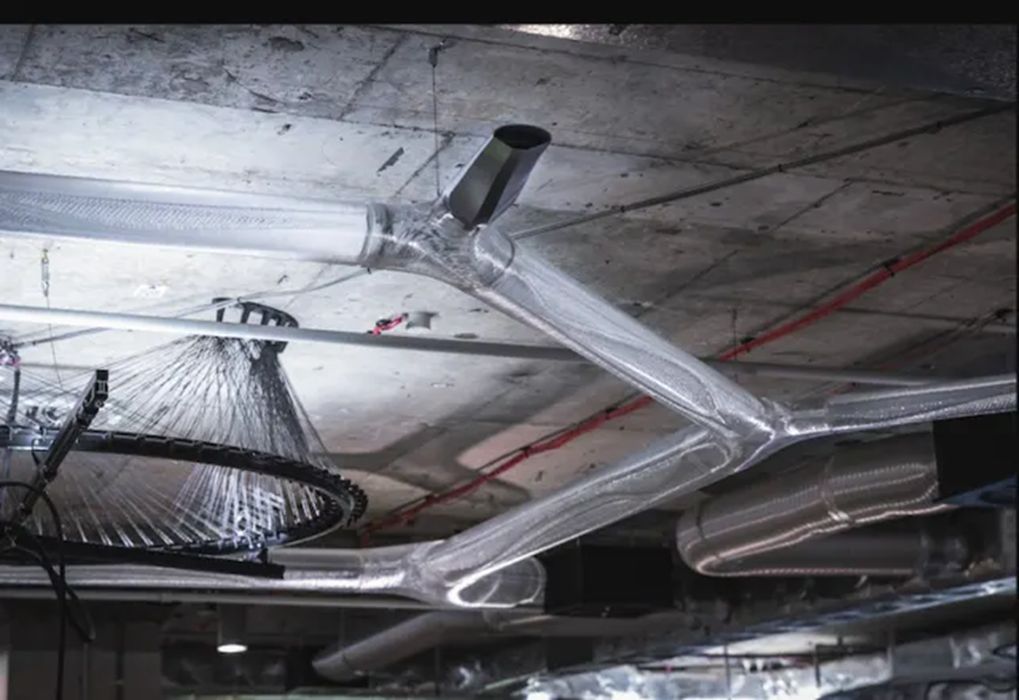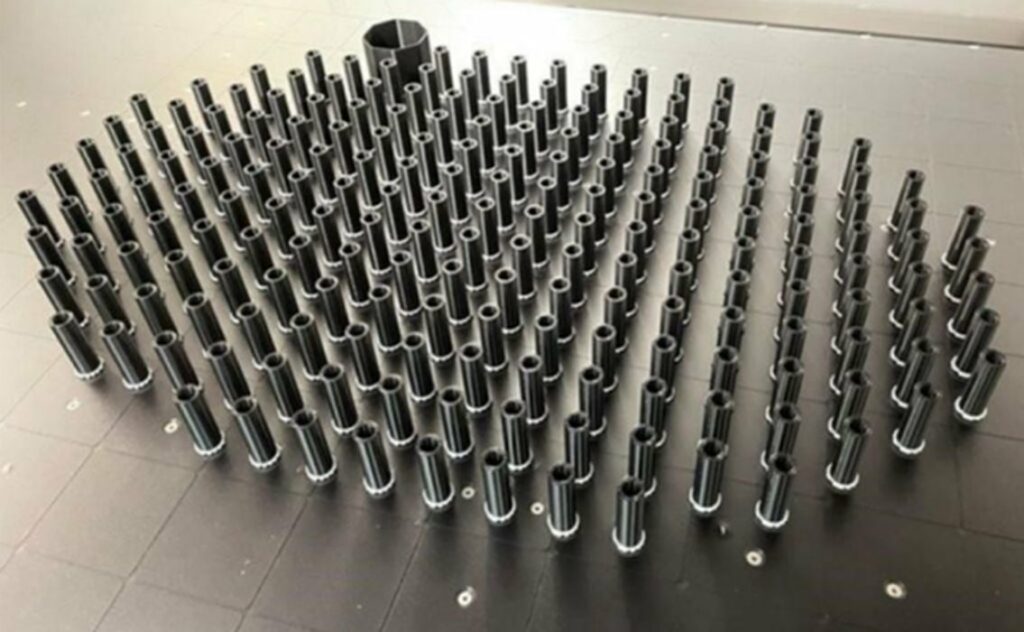
Charles R. Goulding and Preeti Sulibhavi look at how the HVAC industry could benefit from a dose of 3D printing.
The July 11th, 2022, edition of Barron’s had a feature article on Watsco, Inc. the HVAC distribution powerhouse with 670 stores. About 85 percent of Watsco’s business is replacement parts and repairs.
Watsco had sales of US$6.3B and employed 6,900 people in 2021.
Watsco’s VP of Planning commented that the business has a built-in moat in that “there is almost no capability of buying our products, historically through any means digitally”.
Having followed the HVAC industry for 40 years I would say that historically they are correct but today all businesses are being digitally transformed. In fact, just two months ago, Watsco recently spent more than US$46M on a range of digital technology upgrades, including e-commerce and mobile commerce, among other transformative technologies. In 2021, Watsco’s e-commerce sales approached US$2B.
We have previously written articles on the HVAC 3D printing industry progress including Daikin.

There is an ever-increasing number of HVAC parts and components that are being 3D printed including fans, PCB board enclosures, heat transfer components and even plastic ductwork.
Architecture and engineering (A&E) firms and construction firms are increasingly utilizing more energy-efficient HVAC systems for their designs as well. This makes firms like Watsco, provide more energy-efficient equipment. Watsco is not alone, firms like BVN Architecture are utilizing 3D printing technologies for their air distribution systems. Their robotically 3D printed air diffusion system can be seen above.

Currently, there is a wide variety of HVAC parts shortages which is driving a need for more 3D printing innovation. HVAC sellers are sometimes cannibalizing new unit parts which are replaced when the back-ordered part is available.
There is a need for replacement parts in this industry and 3D printing can fill that gap.
The Research & Development Tax Credit
The now permanent Research and Development (R&D) Tax Credit is available for companies developing new or improved products, processes and/or software.
3D printing can help boost a company’s R&D Tax Credits. Wages for technical employees creating, testing and revising 3D printed prototypes can be included as a percentage of eligible time spent for the R&D Tax Credit. Similarly, when used as a method of improving a process, time spent integrating 3D printing hardware and software counts as an eligible activity. Lastly, when used for modeling and preproduction, the costs of filaments consumed during the development process may also be recovered.
Whether it is used for creating and testing prototypes or for final production, 3D printing is a great indicator that R&D Credit eligible activities are taking place. Companies implementing this technology at any point should consider taking advantage of R&D Tax Credits.
Conclusion
The HVAC industry is not immune to digitization and presents tremendous opportunities for 3D printing solutions.

